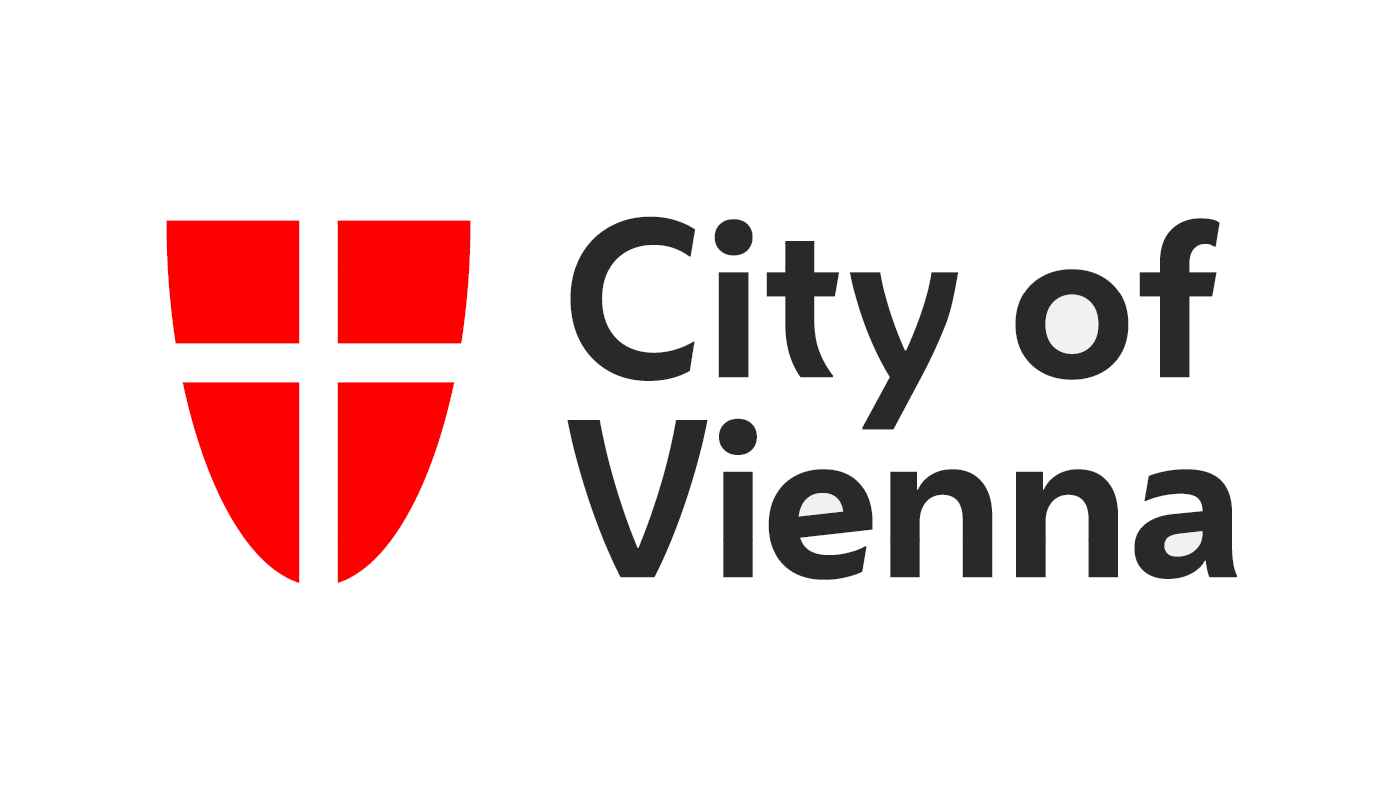Fairness denotes the “… view that some important types of health inequalities are considered unfair” (Olsen 2011, p. 815). Brock (2002) points out that ‘fair’ treatment priority can be given to the worst off, according to benefits aggregation or so that fair chances can be pinned against best possible outcomes. All of these, and more, may seem fair to certain people in certain circumstances. In a pragmatic approach Daniels (2007) proposes three core criteria in health care, which are equity, accountability and efficiency, should be fulfilled to determine the fairness or unfairness of any medical intervention or of any prioritising decision. For Daniels (2007) the equity criterion refers to distribution of the social determinants of health that is as equitable as possible. Equitable access and equitable financing of health care must be pursued as well. Accountability incorporates publicity, relevance, revisability, and enforceability and denotes democratically justifiable priority setting. Last, Daniels (2007, p. 248) defines the efficiency criterion as “…clinically and administratively effective and efficient…” treatment or decision that does not spoil or waste any scarce resources. While one can agree with Daniels’ benchmarks to some degree or the other, fairness under the constraint of scarce resources remains a normative category.
Fairness in Priority Setting
Previous research already demonstrated that there is self-interest in fairness attitudes towards priority setting across countries (Álvarez and Rodríguez-Míguez 2011; Pfarr 2015; Rogge and Kittel 2016). In the context of the COVID-19 pandemic some self-interest also seems to be present (Grover et al. 2020). What has been done so far by others is research on income-related health care inequalities, where findings of 23 countries suggest that the majority of people regard income-based health privileges as unfair, which is particularly true for persons with insufficient health insurance coverage (Von dem Knesebeck et al. 2016). Moreover, lower cost barriers in health care and higher public health care spending correlate with higher perceived unfairness of health inequalities in an investigation of 28 OECD countries (Immergut and Schneider 2020).
As for priority setting preferences, evidence from Germany shows that the public only considers effectiveness without the cost component in determining whether healthcare insurance should pay for treatment (Diederich and Salzmann 2015). A Swedish investigation shows that citizens think the public health services should always offer the best possible care irrespective of cost, while doctors support this approach less. When it comes to health care financing, Swedish policy makers favour higher taxes, whereas doctors prefer complementary private insurance and increased patient fees (Rosén and Karlberg 2002). Also addressing the financial aspect of prioritisation, Damm et al. (2014) show that the economic-based cost-effectiveness ratio (CER) is supported by advanced economics students significantly more than by law, philosophy or medicine majors. Mirelman et al. (2012) demonstrate that there are priority setting preferences for efficiency criteria over equity criteria among policy makers in four countries but not in Cuba. Research with a Welsh sample indicates that neither ability to pay for treatment costs nor cost effectiveness should instrumentally influence priority setting (e.g. Edwards et al. 2003). Thus, it appears that preferences for medical prioritisation depend on context, i.e. where and whom one asks (cf. Orton et al. 2011). Overall, there is evidence that the general public emphasises equity (e.g. Reckers-Droog et al. 2018), while medical decision makers include efficiency and cost-effectiveness criteria more strongly (e.g. Tanios et al. 2013). However, to explicitly consider monetary contribution in prioritisation decisions is rejected by both medical professionals and laypersons, as evidence from Switzerland shows (Krütli et al. 2016). Edwards et al. (2003) also compare clinical and lay preferences for composing waiting lists in Wales. They find that age, cost effectiveness, treatment costs, caregiving obligations, and self-inflicted ill health were rated negligible prioritisation criteria. By contrast, the majority of laypersons and of health care professionals indicated that level of pain, of disability and of distress, as well as severity of disease, should be the most influential principles in determining waiting list scores.
Verweij’s (2009) article provides an overview of ethical dilemmas associated with health care prioritising in pandemic-caused triage scenarios. The first considerations regard efficiency and utility in a pandemic. Maximising life-years, quality-adjusted life-years (QALYs) or disability-adjusted life-years (DALYs) can be desirable goals in medical priority setting. Even more broadly utility can be maximised by taking factors such as happiness and economic flourishing into account. Merely focusing on efficiency does not tell which ‘goods’ should be maximised. Frequently saving the most lives is the priority in epidemiological and government plans. However, from a consequentialist and utilitarian vantage point health benefits of treatment should be viewed in a broad sense. This leaves leeway for interpretation. Further, in medical ethics one can roughly take the position of Immanuel Kant or of Jeremy Bentham. While the former argues in favour of inevitable moral principles in line with the categorical imperative, the latter stands for utilitarianism that aims at the maximisation of outcomes. In the context of medical priority setting these two moral stances can have diametrically opposed consequences for treating the sick (Chu et al. 2020). What also needs to be considered are individual rights and collective decision making in a triage situation, where collective decision-making regarding treatment is eligible to guarantee solidarity and justice (Hoedemaekers & Dekkers 2003).

